
Pegwell Bay, situated on the estuary of the River Stour between Ramsgate and Sandwich, is the setting for one of the most evocative images of the Pre-Raphaelite era. Subtitled 'A Recollection of October 5th 1858', William Dyce's painting was the result of a trip made in the autumn of that year, and depicts members of his family searching for shells and fossils on the beach of the then-popular holiday resort. The meticulous rendering of the cliff-face reflected Dyce's keen interest in geology, as did his careful treatment of the flint-encrusted strata of the beach below them. The barely-visible tail of Donati's comet in the sky above places the activities of the human figures below within the broader scheme of time and space, and its inclusion as a fundamental facet of Dyce's composition, mirrored his fascination with astronomy and with the workings of the heavens. The plein air feel to the painting is due the fact that, following Ruskin's precepts, Dyce made his initial studies in-situ, and the entire mood of the image is charged with questions about man and his place in nature. The location is also significant, as it was believed to be the first site of early Christian activity in the British Isles and was also a famous location for fossil hunters, particularly during the Victorian era, when the fascination for all things paleontological reached its zenith.
So expertly rendered, the chalk-cliffs of Dyce's painting are still clearly discernible to the contemporary onlooker. The car-park that overlooks the painting's viewpoint now lays in the vast shadow of 'Hugin', a viking longboat which was a gift from the people of Denmark to the population of the region in 1949 and which underwent extensive restoration in 2004. Hoverlloyd's 1960's cross-chanel port was located here, the vestiges of which have been almost entirely reclaimed by nature, particularly the concrete launch ramp that now trails off amid swathes of sedge and salt-flats now home to wading birds and willow warblers. Dominating the skyline is the mad, jugenstijl tower of the Belle Vue hotel which dwarfs the Victorian flint-built cottages that surround it, whilst in the sky, a continuous stream of freight aircraft fly low over the beach into Manston airport, forever replacing the mysterious comet which, like Breugel's 'Icarus', goes unnoticed by Dyce's crinolined subjects as they search the beach for their geological treasures.





















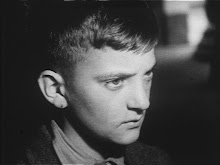









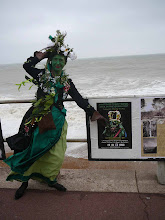







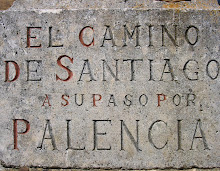

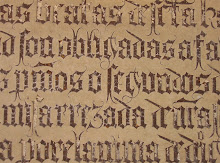

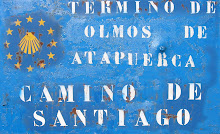



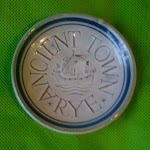
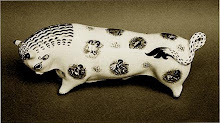
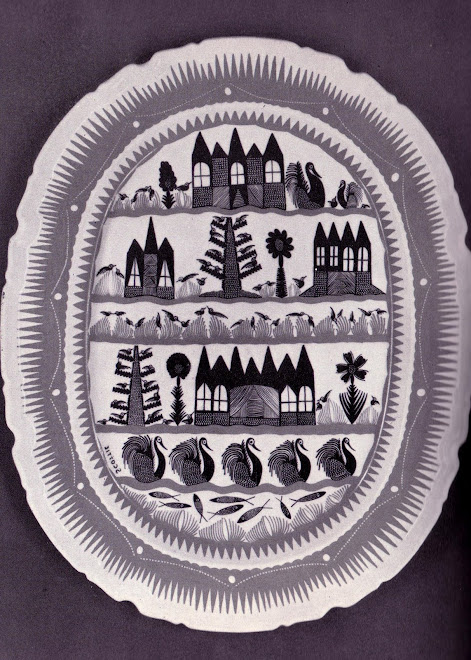
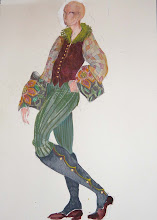





This comment has been removed by a blog administrator.
ReplyDelete